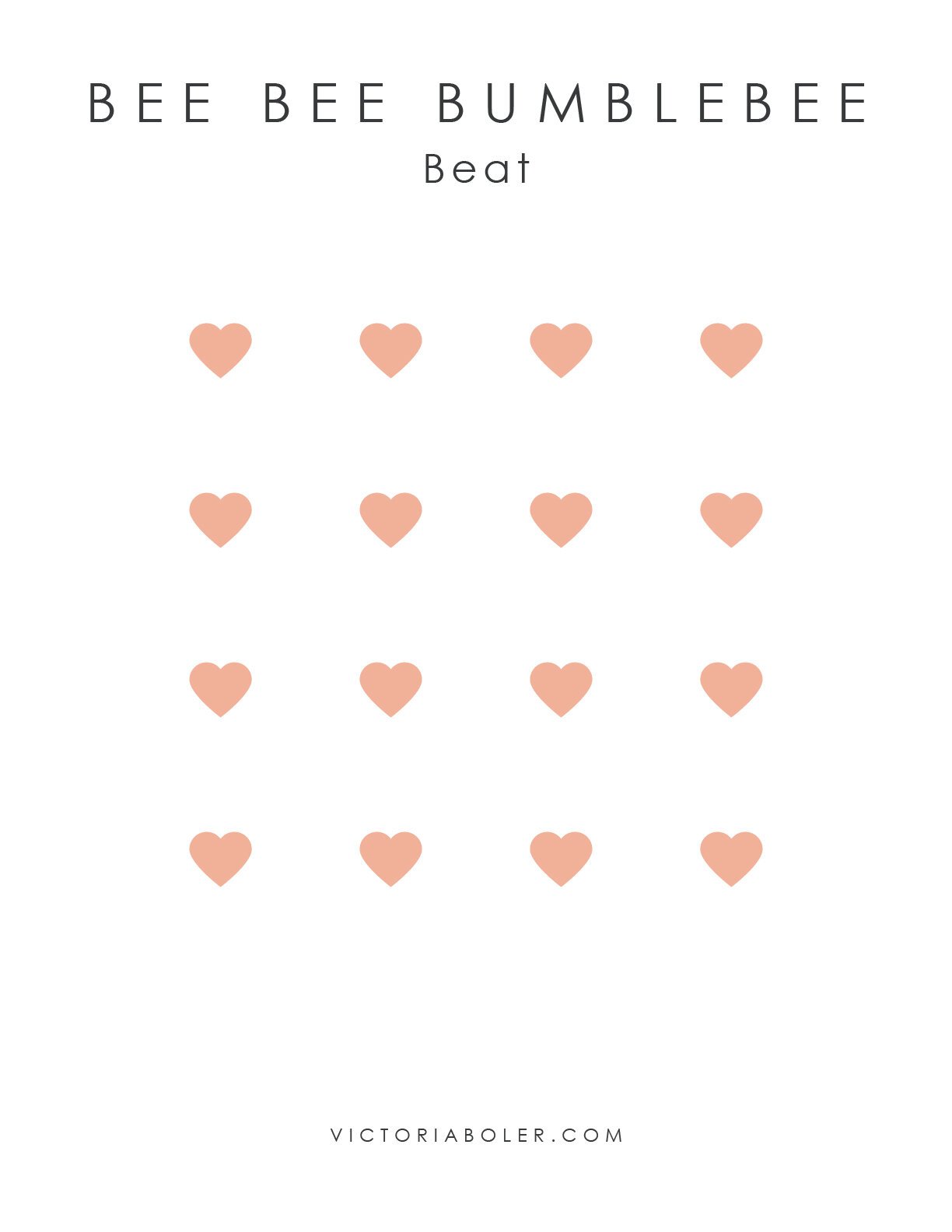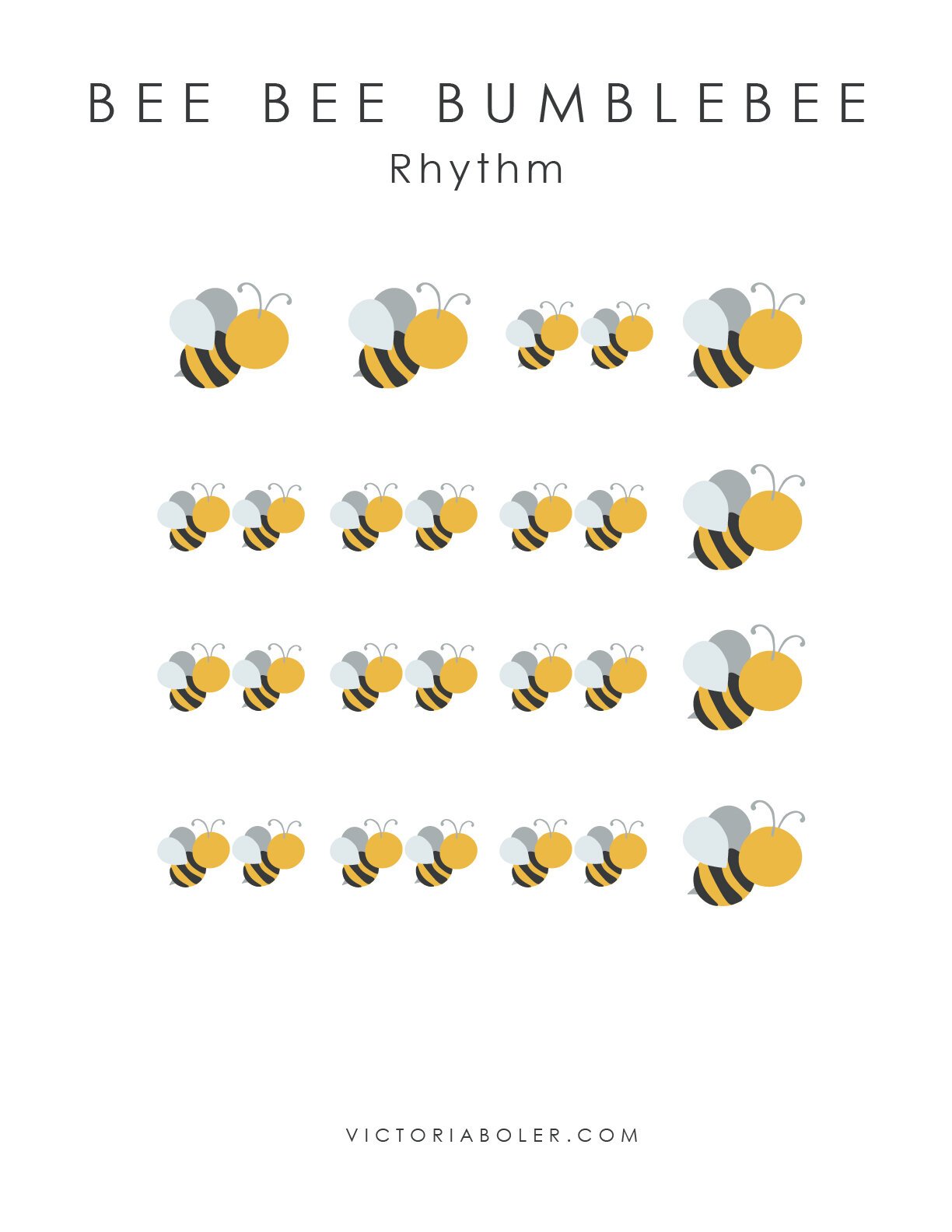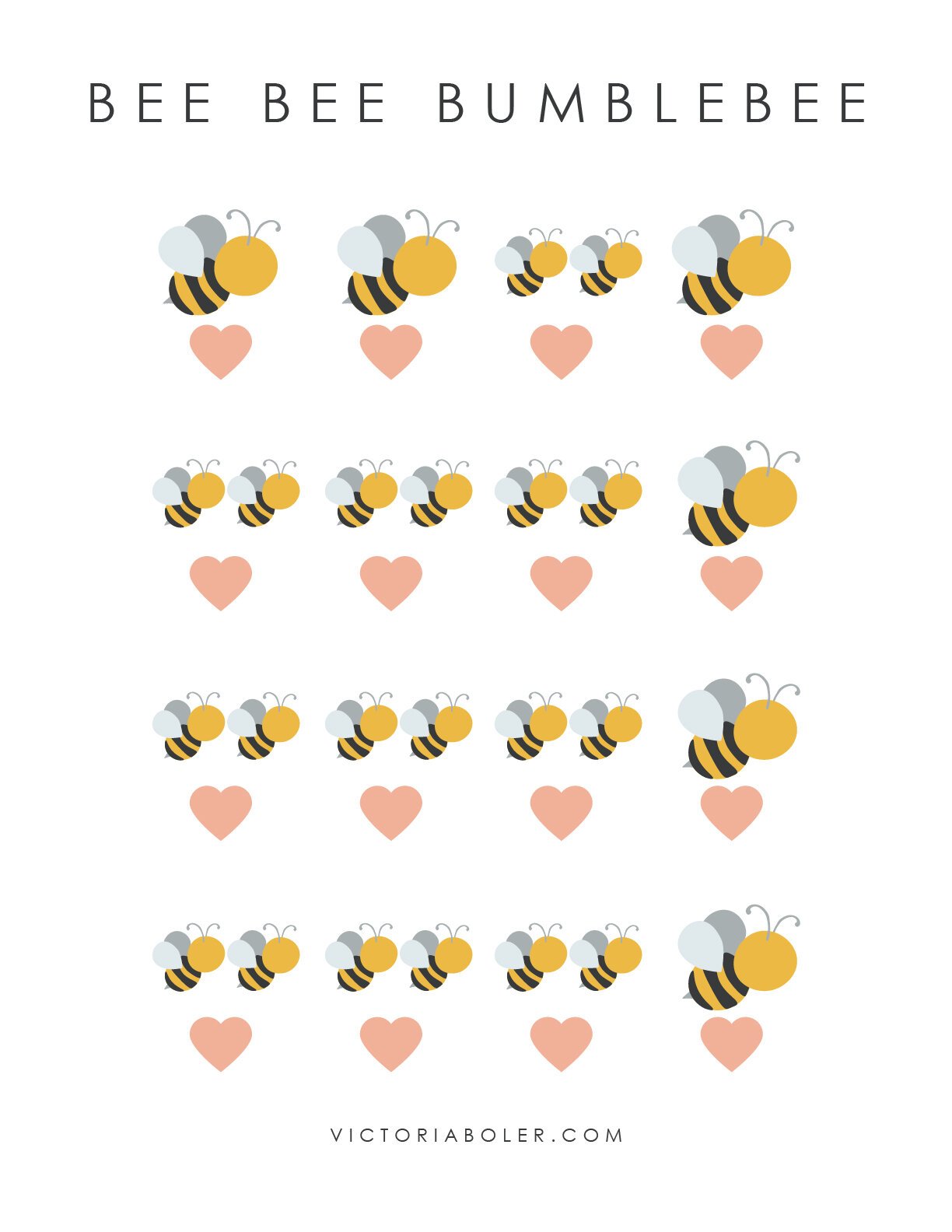How to Teach Rhythm vs Beat (Part 1)
Music class is an active, engaging, and joyful experience! This is especially true when our musical activities are grounded in creative and intentional teaching strategies.
One of the most important teaching strategies has to do with teaching the difference between steady beat and the rhythm of the words.
This is important to all future rhythmic tasks, because we will continue to reference these concepts as students progress through the music curriculum in later grades.
Here are some of my favorite ways to prepare the difference between rhythm and beat. These ideas are based off the teaching strategies in The Planning Binder.
The Difference Between Rhythm and Beat:
Simply put, the beat is the steady pulse underlying the music the whole way through.
You can read more about ideas for teaching steady beat here.
The rhythm is the way the words go. Rhythm can be long or short.
Previous Knowledge and Skills: Rhythm and Beat
In any concept plan, it’s important to consider what previous knowledge students will need to have in place before moving forward with a new musical element.
For students to be successful with rhythm vs beat they will need to have lots of physical, aural, and visual experiences with both steady beat and rhythm. They’ll also need to have conceptual knowledge of both those vocabulary words.
You can find detailed strategies for how to teach steady beat in this Steady Beat Concept Plan.
Repertoire for Rhythm vs Beat
The most important step in teaching any element is the repertoire. The repertoire is the curriculum!
Click the links to learn more about how to choose repertoire for your music class, where to find high-quality song materials, how to analyze a song, and how to make a song list for your classroom.
For this set of activities, we’ll use the rhyme, Bee Bee Bumblebee.
This is one of my favorite games to use for rhythm vs beat!
Physical Experience with Rhythm vs Beat
Step 1: Play the Game
In this game, students pass a ball around a circle in a steady beat while speaking the rhyme. Whoever is holding the ball on the word, “out” is eliminated.
When students are familiar with the game, you can move onto the game variation for practicing rhythm vs beat.
Step 2: Play the Game Variation
For this version of the game, whoever has the ball on the word, “out” will choose if students will catch the words of the rhyme (clap the rhythm) or pat the steady beat in the next round of the game.
It’s a simple variation that will challenge students to switch back and forth between two important musical tasks! I love that the learning takes place within a context of a game, so students are engaged and excited throughout the learning process.
Click here to read how you can use this rhyme to teach sol and mi. Plus, check out this full list of songs to use to teach rhythm vs beat.
Aural Experience with Rhythm vs Beat
Step 3: Inner Hear
The next challenge is for students to play the game, but inner hear the text.
This means students will speak the rhyme in their heads while they clap the words or pat the steady beat.
It’s the same game, but in this process, we get evidence of whether or not students have internalized the difference between rhythm and beat.
This kind of evidence is perfect for assessment! Click here to read about assessment in elementary general music.
Visual Experience with Rhythm vs Beat






Step 4: Give a Visual Aid
This set of printables is great for providing a visual aid when students are working on rhythm vs beat!
They’re available in both color, and in black and white. You can use the images to show on the board in your classroom, or print out the worksheets so students can use them individually.
Just fill out the form below to get these as a free PDF download!
This is part of a full set of rhythm vs beat printables available for purchase here.

